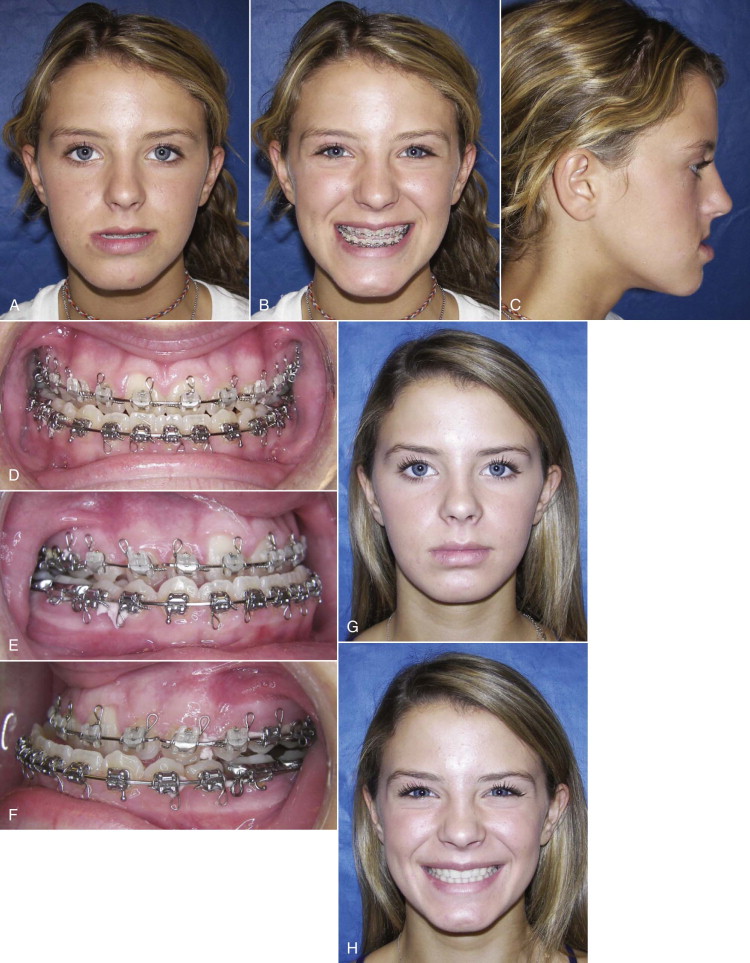

Shifted jaw crack#
Sometimes, a crack would need surgical assistance, which involves a long recovery process. The TMJ can easily be dislocated due to its shape and structure. A broken or misaligned jaw can be caused by a strong punch (like when boxing) or a car accident, a bike crash, or even a skiing incident. Trauma or Injury to the JawĬompression force can have a large impact on facial symmetry. And sometimes, even a dental procedure, oral surgery, or wearing teeth appliances can further cause the development of a shifted side due to pain and discomfort in specific areas. Sometimes, applying irregular force while doing exercises to improve the jawline can have the opposite effect. This can cause certain asymmetry of the upper teeth and cause the lateral jaw muscles to shift to one side more than the other. Stress, anxiety and depression can cause people to bite their nails or clench their teeth while awake or while sleeping. Here are some crucial functional factors that cause a lateral functional shift: Developmental Issuesĭuring our growth period, our body goes through a lot of changes on both physical and mental levels.

What Causes Lateral Jaw Shifting?ĭespite our jawline genetics, some features, such as chewing irregularly, broken teeth, or doing sports like boxing, can create mandibular asymmetries. Visibly misaligned teeth and jaw, as well as crippled teeth followed by jaw pain, are undisputed symptoms of lateral jaw deviation. Visible misalignment of the jaw or teeth.If you feel tension and pain in the upper neck area, specifically in the shoulder and the chest bone, it could be because some muscles are tenser and stretched more than usual. Tension or pain in the neck and shoulders.But this, once again, can’t be treated as an isolated symptom because migraines can be caused by many other reasons. The extra pressure applied by the TMJ can inflict painful migraines. Lateral jaw deviation can make it difficult to whistle or pronounce specific letters. Difficulty speaking or making certain soundsĮach vowel and letter require a different mouth positioning.It can also make it difficult to chew, particularly on one side. Lateral jaw deviation can make it difficult to open your mouth more than usual. However, it can’t be taken as an isolated symptom, as it could mean many different things, such as tooth pain. Pain or discomfort in the jaw, face, or neckįeeling pain and discomfort in the face area can be a sign of lateral jaw deviation.Some symptoms of lateral mandibular deviation include TMJ pain and some of the following: While TMJ is the main joint moving the jawline, our entire scheme of movements is enabled thanks to numerous muscles and ligaments holding the upper neck, jawline and head together. While the lateral pterygoid muscle performs the mediolateral mandibular movement of the medial pterygoid, the temporalis muscle continuously shapes a wide range of anteroposterior (back and forth) movements of the jawline. Mediotrusion – the mandibular condyle middle movement.Abduction – the depression of the mandible.Protrusion – the forward movement of the mandibula.

The muscles that control it are the lateral pterygoid muscles, which are the main active group of muscles during mandibular movements and mastication, such as: It’s located between the mandibular condyle and the mandibular fossa of our temporal bone. Our jawline is connected to the head through the Temporomandibular Joint (TMJ) or jaw joint, which is a synovial joint with a vast range of motion and rotation options. What Muscle Controls the Lateral Deviation of the Mandible?


 0 kommentar(er)
0 kommentar(er)
